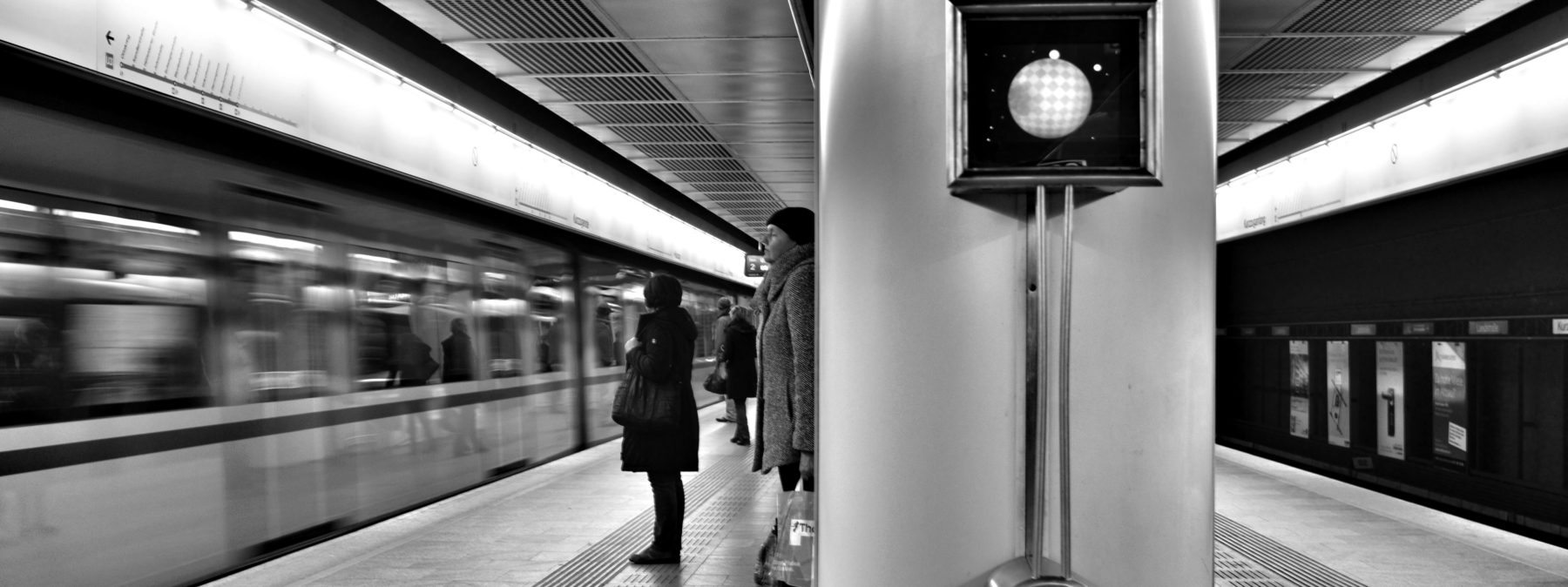Subways as art: tunnels to a stronger community?
Subways, Tubes and Metro lines are crowded yet impersonal places. Thousands of people with thousands of opinions pass through each day, with little or no communication. Such a busy and disengaged place hardly seems ideal as a space for displaying art.
But maybe these qualities are what makes these places perfect.
The election of Donald Trump was a disastrous result for many, with messages of fear and anger sweeping across the United States. New York City has seen some of the largest protests against the President-elect, producing a restless and nervous atmosphere. But last week, the 14th Street subway station in New York saw the emergence of a ‘therapy’ wall. Street artist Matthew Chavez, who goes by the name of ‘Levee’, sat in the station with a table of self-stick notes. Holding a sign that read ‘Express yourself’, he invited people to sit and talk, and to leave a message behind.
This free and public expression of opinion brought a level of unity in a time of conflict and uncertainty
Hundreds of messages ranging from anger to hope were left on the wall, with many people stopping to read them. Chavez recalled that many commuters broke down when reading the messages, and thanked him repeatedly for giving them an opportunity to be open.
This ‘therapy’ may not have changed the situation. But this free and public expression of opinion brought a level of unity in a time of conflict and uncertainty. There is something powerful and slightly ironic that the impersonal and confined nature of the subway was a place of interaction and freedom.
If the subway is to be treated as an artistic space, or even a gallery, it allows for a national and sometimes international audience. It is something public that a large and diverse number of the population can interact with. In London, the artist Mark Wallinger has taken this idea and, like Chavez, turned it into a communal artwork. He produced ‘Labyrinth’, a series of 270 individual artworks – one for each Tube station on the network. Each image has its own spiral labyrinth, but there is a common graphic language. The surface invites the viewer to trace the route on the image, which reveals itself to be a single path to the centre and back out again, symbolising a Tube traveller’s daily journey. Again, artwork is situated in a place of little interaction to unite and produce a sense of community.
A ‘subway gallery’ creates a channel for voices to be expressed that may not otherwise be heard
There are few other places where a volume of diverse people are put together in such a confined and tangible space. But this makes it a communal space. It makes sense to seek to bring community into a full environment. To allow people’s voices to be heard in a silent place where no one speaks, to give a sense of hope, community and place. Using a place of alienation will have the biggest effect. Subway ‘therapy’ takes a directly cathartic approach, using open expression to encourage people to connect. Wallinger’s ‘Labyrinth’ collection is subtle, using the same repeated journey to relate individual lives.
A ‘subway gallery’ creates a channel for voices to be expressed that may not otherwise be heard. In a world of conflict where expressing your opinion places you in the firing line, maybe art in a place as public as a Subway, Tube or Metro line has incredible potential.

Comments